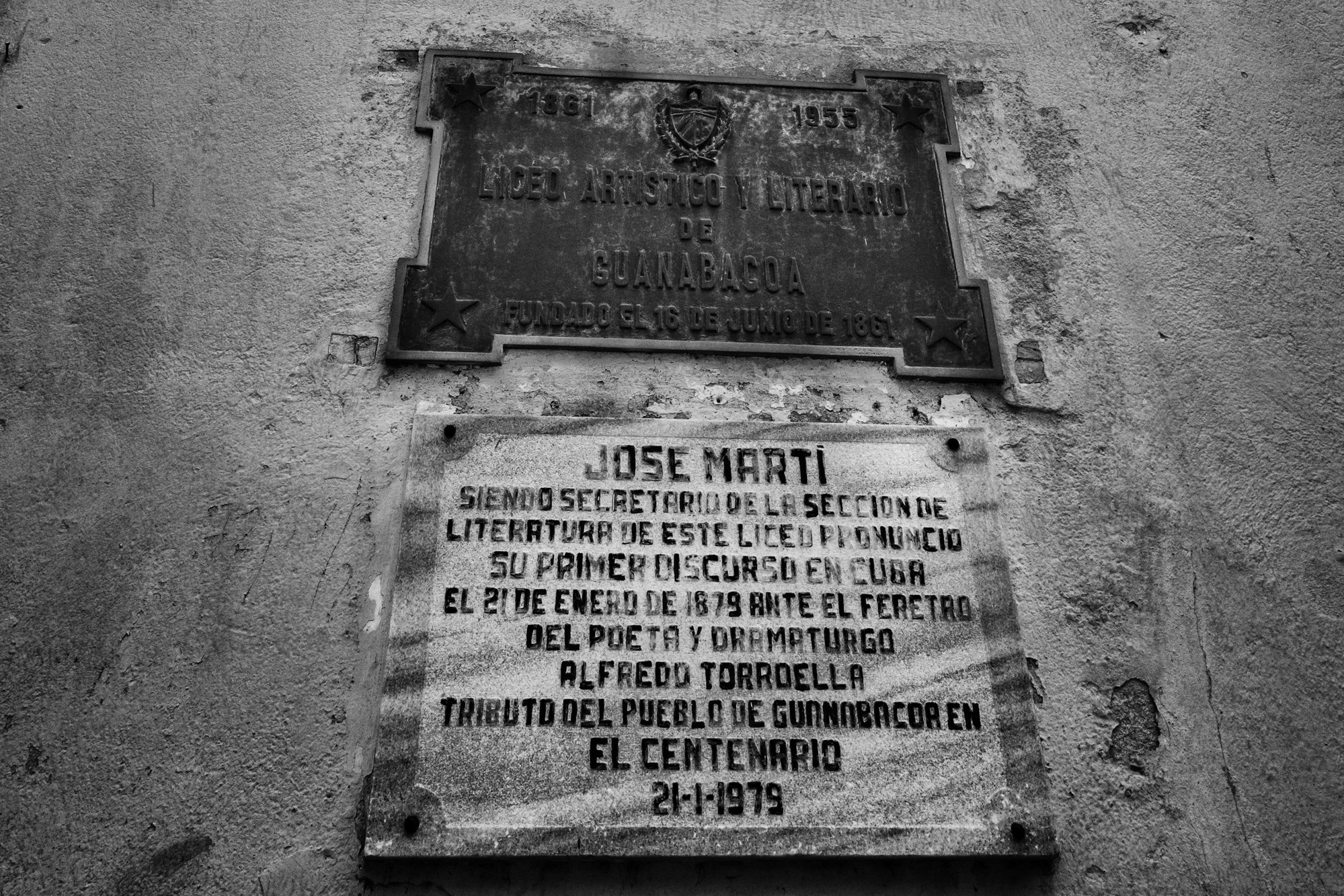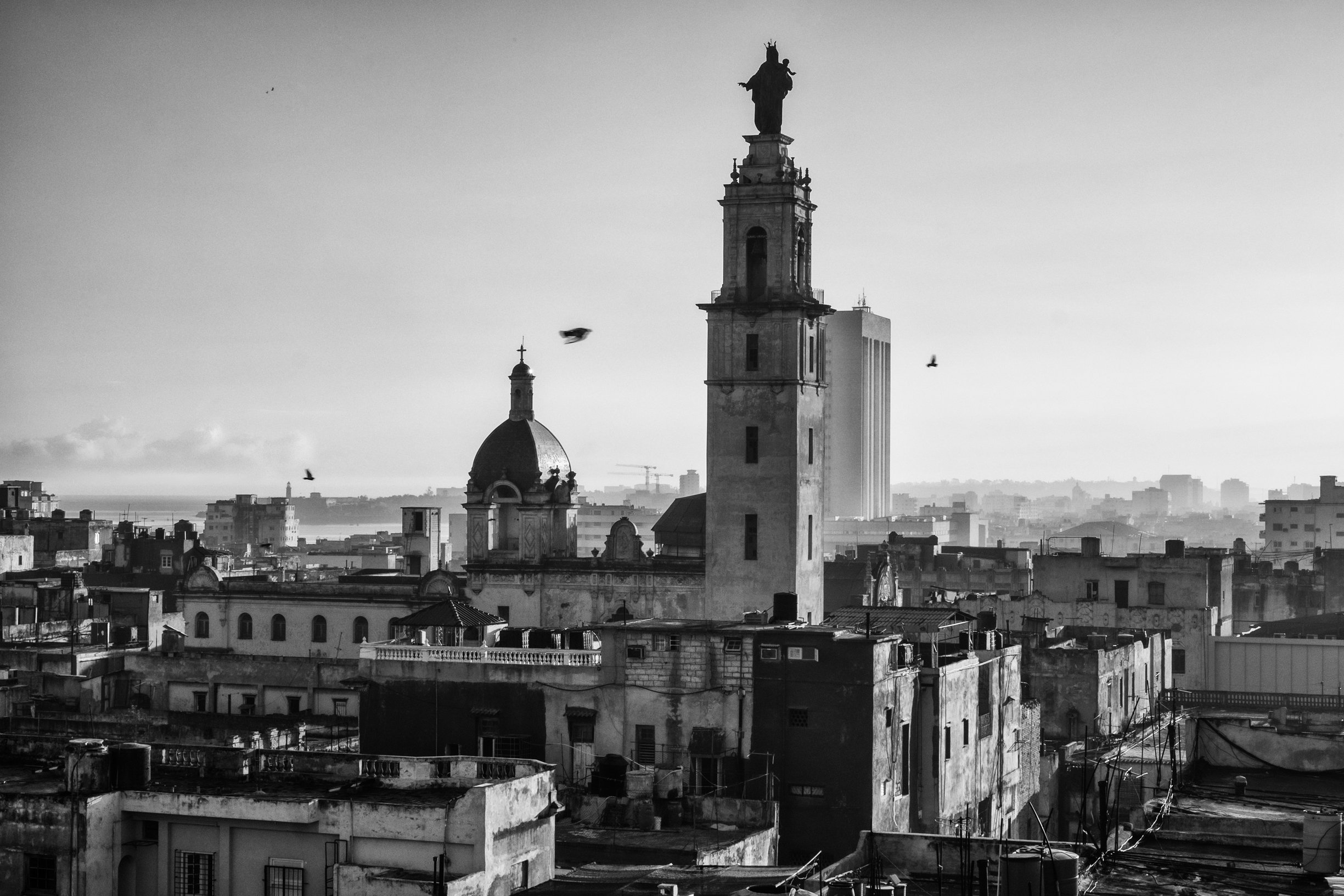
“Amado será todo el que ama.”
—José Martí
Essay and Photos by Karen Zusman
The title of this essay is taken from Cuba’s beloved poet and freedom fighter, José Martí. The line is from the first public speech he ever gave, at the funeral of fellow poet, Alfredo Torroella in 1879. In English it can be translated as, Loved will be all that loves.
There’s a reason why I’ve chosen it. I describe my photography of Cuba as visual poetry; a a mix of candid portraiture, street photography and documentary work. I craft poems and poetic fragments to accompany the images. To get a little closer to the ineffable heart of the story by leaning upon the language of feelings—the only tongue that makes sense to use when we meet what we longed to meet, but didn’t know we were looking for.
I employ Martí’s phrase as a kind of litmus test for my images—what tale are they telling? Is this sentiment of Martí’s in anyway what the images convey? A high bar, no doubt. But it keeps me coming back; keeps me digging in this fertile and provocative soil of the Cuban spirit, and reaching for a visual moment where I feel something like a calling, a secret arising from the lip of a deep and hidden fold.
I came to photography about a decade ago, as a spiritual seeker with an MFA in poetry who was spending extensive periods of silent meditation in the monasteries of Burma and Southeast Asia. By chance, I uncovered stories of human trafficking in Malaysia and to better document I realized I needed to learn how to use a real camera. Back in NYC I immersed myself in street photography, which was readily accessible to me, but it wasn’t until I started spending time in Cuba that I feel I came of age as a photographer.
Traveling to La Isla 21 times in the four-year interim between Obama loosening relations and Trump closing them, I felt a natural communion with the people as I bore witness to their high wire act; watching as they endlessly, tirelessly, gracefully! negotiated this tightrope strung between hope and resignation. Like many from the US, I’d long dreamed of visiting the island to experience its energy and spirit. Little did I know when one intends to capture Cuba, it is Cuba that often does the capturing.
I didn’t speak Spanish but after that first visit, I was determined to learn it. To get inside more, or rather, to let Cuba better get inside of me. I attended La Universidad de la Habana and attempted to learn it. And in those 21 visits I traveled the island from tip to tip.
An adolescent boy performing sprints in an abandoned, flooded stadium; a grandmother teaching her granddaughter how to sew on a machine lovingly cared for for over a century; a young girl with no more than the shirt on her back already well-trained in classical ballet; a 96-year-old woman speaking to her god in the empty mansion she lived in since the revolution.
These are the images that helped me source my language. That formed the conversation I began between my soul and the soul of this place. And of the things that passed between us, I think of them as both an invitation and a hiding. It’s this tension that compels me. It arrests something deep inside me, and the conversation overtakes me, like a poem does, or a dream.
In the most eastern point of El Oriente—just 40 miles from the coast of Haiti—in Baracoa, I met a man whose land was decimated by Maria. Under a cloudscape of Caribbean Cumulus, on cliffs above a rough and tumble sea, he showed me her ravages in one breath, and in the next was packing up small, dark glass bottles of organic coconut oil for me--made from the downed fruit that lay before us in a gnarled mess; as birds made their nests and found new homes in them, just as I was coming to find for myself on this island.
Once one of my dear friends in Havana taught me how to travel like a Cubana, I began hopping on 5 cent guaguas (local buses) to go anywhere they took me within an hour or two of the capital. I often ended up west of the big city, in the sleepy and sea swept town of Santa Fe, or in even smaller towns, the ones that dotted Artemisa along the roads that winded past cattle and small lakes at the start of the low mountain scape of Cordillera de Guaniguanico, on to the magical, jungle covered hills—magotes--of Pinar Del Río.
And to the east—my favorite short jaunt was to visit the hidden beaches of Bucanayagua, which can only be known by first climbing rocky cliffs that hold the abandoned camps and bone dry swimming pools that now hosted sprawling crowds of endemic flora and fauna before making the steep descent down to the sole-tearing volcanic formations that dramatically edge the edge of Mayabeque’s wild and ravishing coast.
On to Matanzas, home of rumba, jumping aboard the Muñequitos tour bus when I was spontaneously invited to photograph them play a concert in the small town of Cárdenas…The excitement of the locals who played host to the famed grupo de rumba, and the way Los Muñequitos welcomed me into their fold, the way so many families welcomed me. I got to know Cubans and their innumerable joys and seemingly infinite struggles, or luchas, in their words, more and more with each visit.
Over the course of these years, I saw newborn babies grow into rambunctious and curious children. My friends were their tías, madrinas, abuelas. Women that offered me an intimate view into their world with the same ease as offering me their fresh baked pasteles.
In the eastern outskirts of Havana in the municipality of Guanabacoa and much further east within the labyrinths of calles in the city of Camagüey, I was given permission to photograph los bataleros, the musicians who play the sacred bata drums, before and after the las ceremonias--the initiations of the devotees into the Yoruba-synchretic religion of Regla Lucumí or Santería.
Here in Cuba, I learned to respect devotion regardless of one’s own beliefs. Devotion that moved me to tears as I kneeled to photograph the pilgrims who travel to pay homage to San Lazaro, the patron saint of the sick and the poor, every 17 de Diciembre. The ones who crawled on their knees for miles, the heavy stones chained to their waists as they labored to reach the church in El Rincón. I watched the circle of medics surround them as they made their final steps bloody and dehydrated. It was hard not to shed tears.
But it’s also hard, even now, to put words to what I was crying for—the touching display of devotion? Or, perhaps even more, the strength of their community that in the face of so much suffering, still, never failed to support them. And that sense of solidarity, that unconditioned emotional support, which time and again I experienced all over the island, as if each—in a time of need—were a family member to the other.
Si, José; “Amado será todo el que ama.” Despite the struggle on your beloved island, still your words hold—Loved will be all that loves…

Dear Habana,
Your men are on their roofs,
they're checking water tanks, cracks and roofs,
they eye women, above and below,
they pick up pigeons, the pigeons fly
from their hands, the women stop for a moment,
the music spills out and it can’t be silenced
the sound of the hammer mixes with clavé—
metal on metal, wood on wood.
It is here on Calle Mazon, just beyond
Santa Carmen and the Malecón
the sea on one of your sides and on the other side
the side I cannot see,
still, the sea.
The boys calling and the laundry, hanging
like hanged men full of life after life
rising in the wind, it was then
at about 10 am, and the clouds
full of their cargo--of river and rain
and the sap of trees
fallen from the passions of hurricanes--
moved over the city like dark knights
on white horses
and I asked these clouds
A donde van? Where are you going?
They were headed to North America
And in this moment I felt their longing
because they wished to stay near you, mi Cuba,
like I wanted to stay near you, too.
So I put my Spanish book on the table and sat
by the window on Calle Mazón
to be alone with these clouds
that made the morning more profound
And for this I did the only thing I could
offering them my thoughts and my silence.
Habana querida,
Tus hombres en sus techos
revisan tanques de agua,
grietas en azoteas;
miran a las mujeres
encima, debajo...
recogen palomas,
las palomas vuelan de sus manos.
Las mujeres se detienen
solo un momento;
la música se derrama y
ya no se puede silenciar.
El sonido del martillo
se mezcla con la clave
metal sobre metal;
madera sobre madera.
Todo es justo aquí,
en la calle Masón
más allá de Santa Carmen
y el Malecón.
De un lado, el mar;
del otro lado,
el que no puedo ver,
aún el mar.
Los niños llamando;
ropa lavada colgando;
como hombres colgados; llenos de vida
después la vida,
alzándose en el viento.
Eran cerca de las diez
en la mañana
y las nubes,
henchidas con su carga:
de río y de lluvia;
y de savia de los árboles caídos
por la pasión de los ciclones,
se movieron sobre la ciudad
como oscuros caballeros
en blancos caballos.
Pregunté a esas nubes
Where are you going?
¿ Adónde van?
Iban hacia el norte,
hacia América del Norte.
Y en aquel momento preciso
pude sentir su nostalgia
pues querrían quedarse cerca de ti,
mi Cuba.
Así como yo quisiera
quedarme, también,
de ti, cerca.
Entonces
dejé a un lado mi libro de español
y fui a la ventana,
en la calle Masón;
para estar a solas
con estas nubes
que hicieron mi mañana
más profunda.
Hice por ello
lo único posible:
les ofrecí mis pensamientos
y mi silencio.
Poem & photos by Karen Zusman, translated into Spanish by Añia Delfin Lara